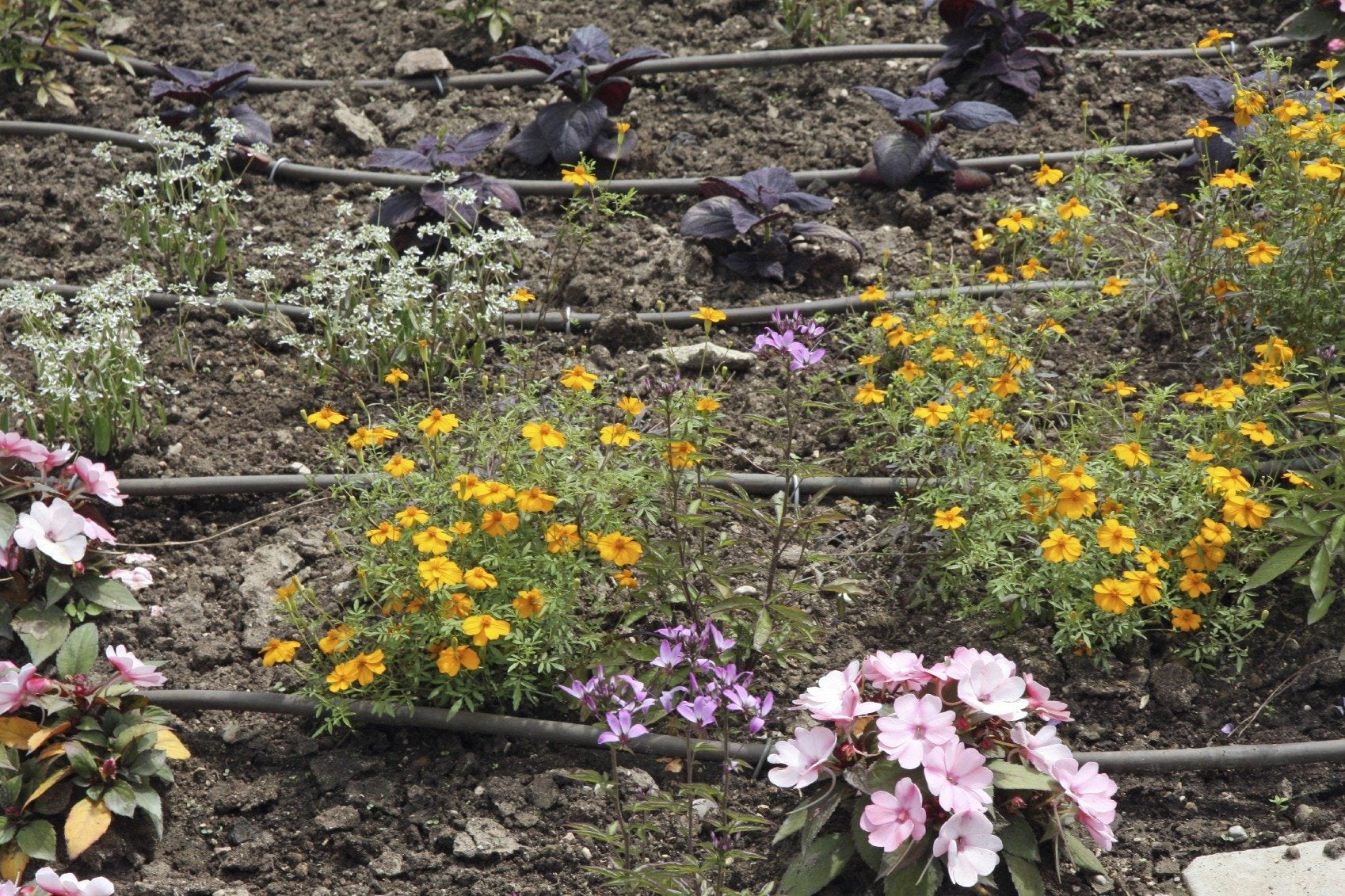Gardening Without Water – How To Garden In A Drought


California, Washington, and other states have seen some of their worst droughts in recent years. Conserving water is not only a matter of keeping your utility bill down but has become a matter of urgency and necessity. Knowing how to garden in a drought will protect your existing plants and can help you grow food crops in low moisture conditions. Using tips for gardening in a drought is a socially and environmentally responsible tactic and a great learning experience as our world changes.
How to Garden in a Drought
One of the main needs of plants is water. This need can be hard to satisfy when gardening in drought conditions. When water is scarce, plants experience stress, increased pest activity, and can fail to thrive. This is why planting drought-resistant plants and using proven water management techniques are important to the modern landscaper. The no-nonsense approach encompasses cultural and selection factors to minimize plant stress and still create a beautiful landscape. The first way to manage the garden in a drought is to choose appropriate plant specimens. Use native plants that are familiar with your conditions and plants that do well in low moisture soils. Planting drought-resistant plants not only minimizes your water usage, but these species are generally hardy in high heat and in soils with poor fertility. Some options might include perennials like:
Evergreen selections for screens and hedges can encompass plants like:
Your local extension office is a great resource to find native plants and a list of drought-friendly options that do well in your area. They can also be a wonderful partner in designing a drought-tolerant landscape. Planting drought-resistant plants is just the first step in a low moisture garden, but it certainly is one of the most important.
Tips for Gardening in a Drought
Proper soil is crucial to gardening without water. Soil with plenty of organic matter incorporated will hold moisture better than gritty, porous soils or clay compositions which allow little of the water to percolate to plant roots. The timing of planting also plays an important role. Avoid installing plants in the summer when providing adequate moisture for establishing roots can be difficult. Plant in your rainy season to take advantage of the free water and give plants a chance to adjust. Established plants need less water because they have had a chance to develop a large root base and taproots if applicable. This allows the plant to more efficiently gather moisture. The time of day to plant is also important. Do not plant during the heat of the day but rather wait until evening or plant in the early morning. You can still have bountiful harvests and beautiful flowers even in drought conditions if you choose the right plants and follow some rules on water usage.
- First, apply a thick layer of mulch around all of your plants. This will conserve moisture, help prevent competitive weeds, and gradually nourish the roots.
- When you do water, water deeply to encourage a healthy root zone. Irrigate in the early morning or in the evening when the sun's rays won't have a chance to evaporate the water before it reaches the plant's root area.
- Keep competitive weeds out of the garden. One of the most efficient systems for conserving water is a drip system. These are easy to install and allow only the plant to receive water right at its root zone. Use tree rings around trees and larger plants.
Gardening without water or in minimized conditions can be challenging. With a few of these simple tips, however, you can still have the beautiful garden of your dreams without irresponsible waste and high utility bills.
Sign up for the Gardening Know How newsletter today and receive a free copy of our e-book "How to Grow Delicious Tomatoes".

Bonnie Grant is a professional landscaper with a Certification in Urban Gardening. She has been gardening and writing for 15 years. A former professional chef, she has a passion for edible landscaping.